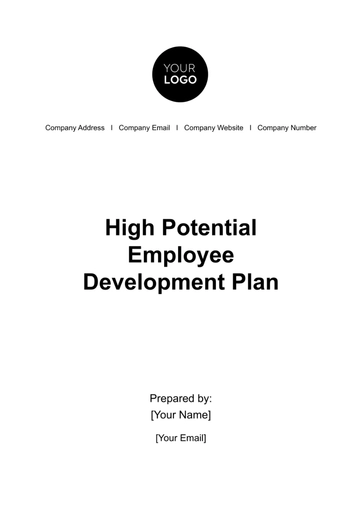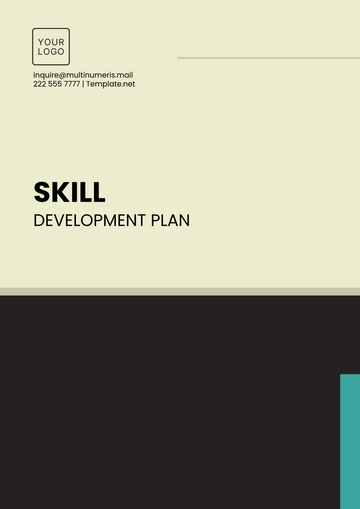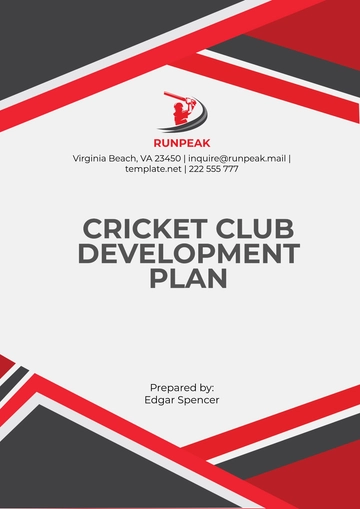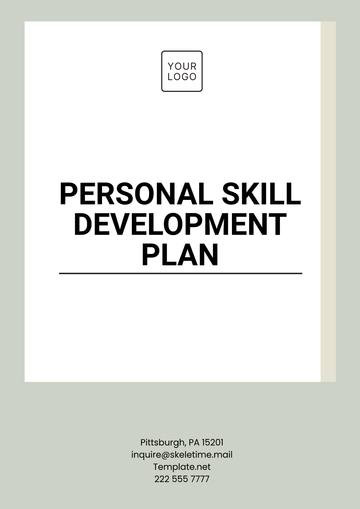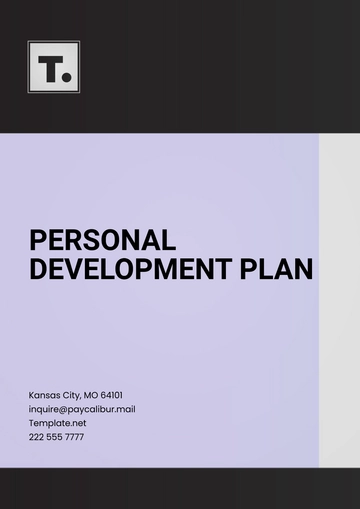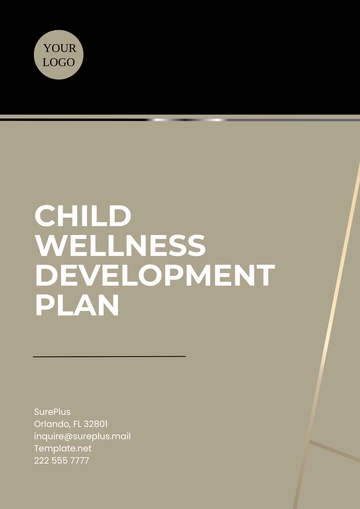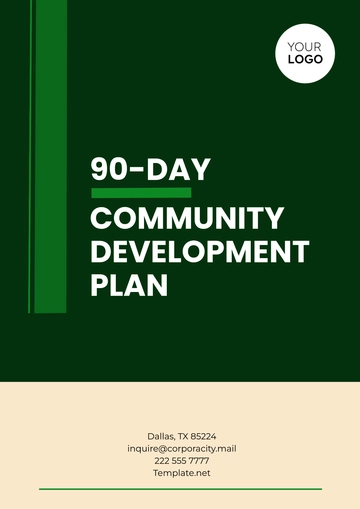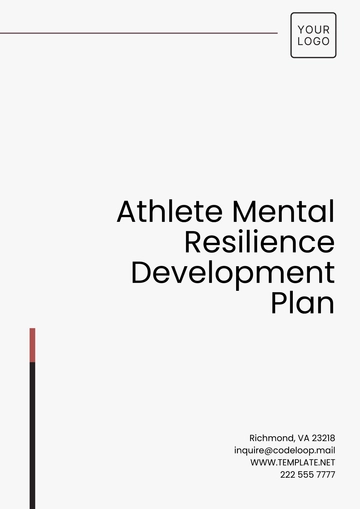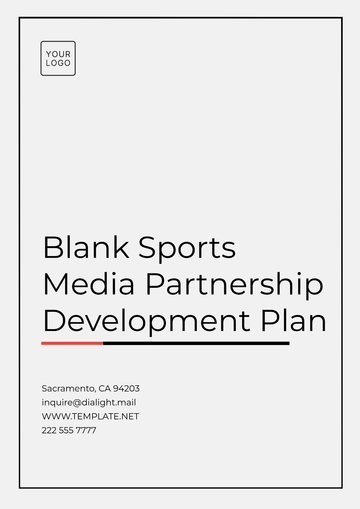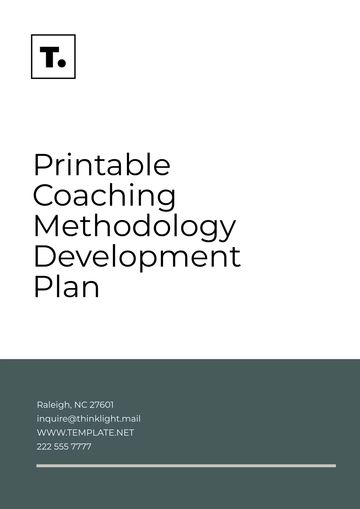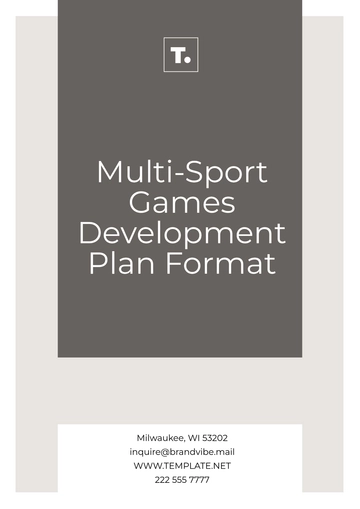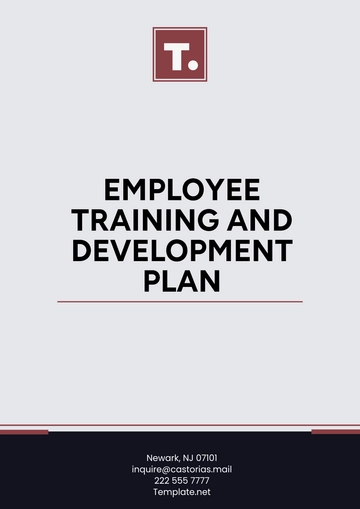Waterfall Methodology
Introduction
Project Name: Customer Relationship Management (CRM) System
Project Description: Develop an advanced CRM system to optimize customer interactions, streamline sales, and enhance data management, integrating with existing platforms and offering robust reporting and user management.
Purpose of Methodology: To ensure a structured, phase-driven approach for the successful delivery of the CRM system, minimizing risks and aligning with the project objectives and stakeholder expectations.
Project Requirements
A. Objectives:
Develop a CRM system with real-time sales tracking and customer data management.
Enhance reporting capabilities with customizable dashboards and detailed analytics.
Integrate seamlessly with email, calendar systems, and third-party sales tools.
B. Scope:
Core Modules:
User Management: User registration, authentication, and role-based access control
Sales Tracking: Sales pipeline management, opportunity tracking, and lead management
Reporting: Customizable reports, data visualization, and export options
Integration: Email synchronization, calendar integration, and API connections to third-party tools
Non-Core Modules:
C. Requirements:
Functional Requirements:
User Registration & Login: Secure registration and login, including multi-factor authentication
Sales Dashboard: Real-time sales metrics, graphical representations of sales data
Custom Reports: Ability to generate and export various reports (e.g., sales performance, customer interactions)
Email Integration: Synchronize with popular email platforms (e.g., Outlook, Gmail) for tracking communications
Non-Functional Requirements:
Performance: The system should support up to 10,000 concurrent users with a response time of under 2 seconds for user queries
Scalability: Ability to scale horizontally to handle increased user load
Security: Compliance with GDPR and industry standards for data protection and encryption
Accessibility: Compliance with WCAG 2.1 for web accessibility
Stakeholder Requirements:
Sales Team: Need real-time insights into sales metrics and customer interactions
Customer Support Team: Require a unified view of customer history and interaction logs
IT Department: Needs a system that integrates with existing infrastructure and can be easily maintained
Design Phase
A. Design Objectives
B. Design Specifications:
System Architecture:
Technical Design:
Backend Technologies: Python with Django for API development, PostgreSQL for database management
Frontend Technologies: React for dynamic user interfaces, Redux for state management
Integration: RESTful APIs for integration with email and calendar systems, OAuth 2.0 for secure authentication
User Interface Design:
Dashboard Layout: Customizable widgets for key metrics, drag-and-drop functionality
Forms and Reports: User-friendly forms for data entry, and detailed report generation with filtering and sorting options
Accessibility Features: Keyboard navigation, screen reader support, high-contrast mode
C. Design Deliverables:
Architecture Diagrams: Detailed diagrams showing system components and interactions
Technical Design Document: Specifications for backend, frontend, and integration components
UI/UX Prototypes: Interactive mockups of key screens and user flows for stakeholder feedback
Implementation Phase
A. Implementation Objectives:
B. Development Activities:
Coding:
Backend Development: Implement API endpoints, integrate with database, and develop core services
Frontend Development: Build user interfaces, implement state management, and integrate with backend APIs
Integration: Connect CRM with email systems, calendar services, and third-party tools
Integration:
System Integration Testing: Test interactions between different components and services
Data Migration: Transfer existing customer data into the new system, ensuring data integrity and accuracy
C. Implementation Deliverables:
Backend Services: Completed and deployed microservices with API documentation
Frontend Application: A fully functional web application with all user interface elements
Integrated Systems: Successful integration with email and calendar systems, third-party tools
Testing Phase
Testing Objectives:
Testing Types:
Testing Deliverables:
Test Reports: Detailed reports on unit tests, integration tests, system tests, and UAT results
Issue Logs: Documentation of any issues or bugs identified during testing and their resolutions
Deployment Phase
Deployment Objectives:
Deployment Activities:
Deployment Planning:
Deployment Strategy: Plan the deployment approach, including rollback procedures in case of issues
Data Migration: Finalize data migration and validation to ensure all customer data is correctly transferred
Deployment Execution:
Deployment Deliverables:
Live CRM System: CRM system deployed and accessible to end-users
Deployment Documentation: Detailed documentation of deployment procedures and any post-deployment steps
Training Materials: Guides and training sessions for end-users to familiarize them with the new system
Maintenance Phase
Maintenance Objectives:
Maintenance Activities:
Bug Fixes:
Updates and Upgrades:
User Support:
Maintenance Deliverables:
Bug Fix Releases: Updates addressing identified issues
Enhanced Features: New features and improvements based on user feedback
Support Records: Documentation of user support activities and resolutions
Timeline and Milestones
Project Timeline:
Requirements Gathering: August 1 - August 15
Design Phase: August 16 - September 15
Implementation Phase: September 16 - November 30
Testing Phase: December 1 - December 15
Deployment Phase: December 16 - December 20
Maintenance Phase: December 21 - Ongoing
Key Milestones:
Milestone 1: Requirements Specification Complete - August 15
Milestone 2: Design Approval - September 15
Milestone 3: Completion of Development - November 30
Milestone 4: Successful User Acceptance Testing - December 15
Milestone 5: Go-Live of CRM System - December 20
Roles and Responsibilities
Project Team Roles:
Project Manager: Jane Doe - Oversees project planning, execution, and delivery, ensuring milestones are met and stakeholders are kept informed
Lead Developer: John Smith - Manages the development team, coordinates coding and integration efforts, and ensures technical requirements are met
Design Specialist: Emily Johnson - Responsible for creating and refining user interface designs, and prototypes, and ensuring a user-friendly experience
QA Specialist: Michael Lee - Conducts thorough testing of the system, including unit, integration, system, and user acceptance testing
Deployment Lead: Sarah Brown - Manages the deployment process, ensures a smooth transition to production, and handles post-deployment activities
Support Specialist: David Wilson - Provides ongoing technical support, handles user issues, and maintains system documentation
Methodology Templates @ Template.net



